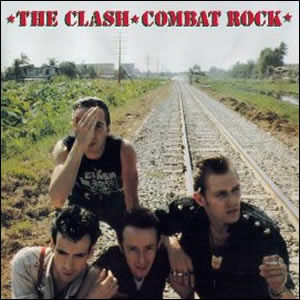Top 9 Rock Festivals
This week Classic Rock Review joins the celebration of the 45th Anniversary of the historic 1969 Woodstock Music Festival. In conjunction with Top 9 Lists, we present a list of the Top 9 […]

This week Classic Rock Review joins the celebration of the 45th Anniversary of the historic 1969 Woodstock Music Festival. In conjunction with Top 9 Lists, we present a list of the Top 9 […]

Buy London Calling The Clash advanced light years with their third release London Calling. This 1979 double album explored many sub-genres and showed with no doubt that this band was the most advanced […]

Buy Combat Rock The last significant album by The Clash came in 1982 with Combat Rock. The album follows the experimental triple album Sandinista!, which itself followed the double album London Calling. The […]